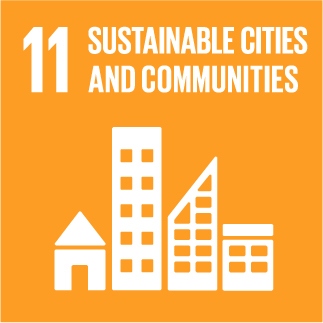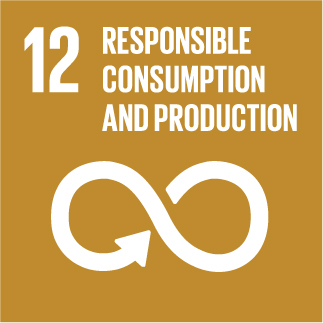URBANREC
Fast and Efficient Method to Evaluate the Potential of Eutectic Solvents to Dissolve Lignocellulosic Components
The application of eutectic solvents (ESs) in lignocellulosic biomass fractionation has been demonstrated as a promising approach to accomplish efficient and environmentally friendly biomass valorization. In general, ESs are a combination of two components, a hydrogen-bonding donor and a hydrogen-bonding acceptor, in which the melting point of the mixture is lower than that of the individual components. However, there are plenty of possible combinations to form ESs with the potential to apply in biomass processing. Therefore, the development of fast and effective screening methods to find combinations capable to dissolve the main biomass components—namely cellulose, hemicelluloses, and lignin—is highly required. An accurate and simple technique based on optical microscopy with or without polarized lenses was used in this study to quickly screen and monitor the dissolution of cellulose, xylose (a monomer of hemicelluloses), and lignin in several ESs. The dissolution of these solutes were investigated in different choline-chloride-based ESs (ChCl:UREA, ChCl:PROP, ChCl:EtGLY, ChCl:OXA, ChCl:GLY, ChCl:LAC). Small amounts of solute and solvent with temperature control were applied and the dissolution process was monitored in real time. The results obtained in this study showed that cellulose was insoluble in these ESs, while lignin and xylose were progressively dissolved.

» Author: Filipe H. B. Sosa
» Reference: doi: 10.3390/su12083358
» Publication Date: 20/04/2020
» More Information

This project has received funding from the European Union's Horizon 2020 research and innovation program under grant agreement Nº 690103




URBANREC Guidelines by URBANREC Consortium is licensed under a Creative Commons Reconocimiento-NonComercial-NoDerivatives 4.0 Internacional License.
Puede hallar permisos más allá de los concedidos con esta licencia en www.aimplas.net
